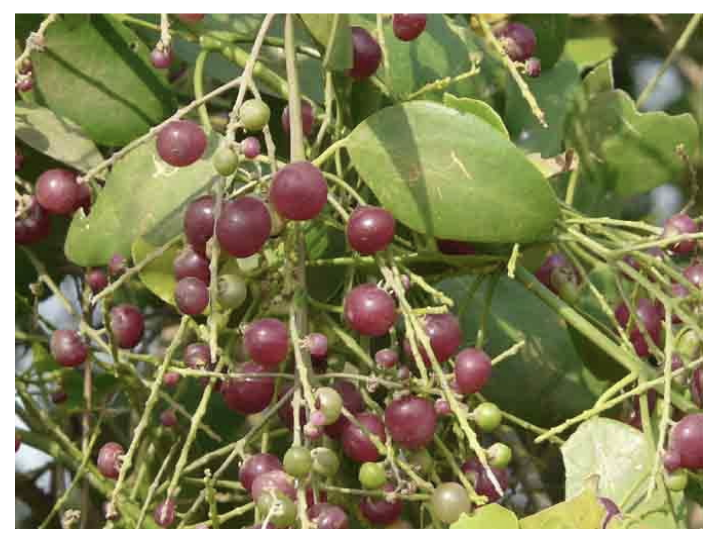News Excerpt:
Gujarat prepares for the establishment of a cheetah breeding center in Banni after receiving approval from the Central Zoo Authority (CZA).
More About the News:
The Banni grasslands offer an ideal environment for cheetah breeding, resembling savannah landscapes of East Africa and featuring Pilu trees (Salvadora persica) that provide suitable perching spots.

Approval and Project Overview:
- The Central Zoo Authority (CZA) has approved the establishment of a cheetah conservation breeding center in the Banni grasslands of Gujarat, facilitating the reintroduction of cheetahs to the state after many years.
- The project aims to reintroduce 16 cheetahs, both males and females, primarily sourced from Namibia or South Africa, into a 500-hectare enclosure.
- Approximately ₹20 crore has been allocated for expenses including fencing, habitat redevelopment, and hospital facilities.
- This project represents a major step in India's efforts to restore its wildlife heritage.
Historical and Environmental Context:
- Although the National Tiger Conservation Authority (NTCA), which launched Project Cheetah, has not set an official timeline, a forest department official indicated that the cheetahs might arrive by the end of this year.
- Banni was chosen from ten potential sites identified in 2009 due to its savannah-like habitat resembling East African landscapes where cheetahs thrive and the presence of Pilu trees, which are suitable for cheetahs.
- Cheetahs were historically present in the region, with hunting records in Saurashtra and Dahod until 1921, and sightings in Gujarat until the early 1940s highlighting its suitability for reintroduction efforts.
Conservation Goals:
- The project's focus is on developing and breeding the cheetah population rather than tourism.
- To support the cheetahs, the forest department has improved 14,000 hectares of grasslands and introduced a chinkara breeding program to enhance the prey base, with a blackbuck breeding program also planned.
Challenges and Adaptation:
- In December 2023, a proposal from the Gujarat government received approval from the executive committee of the National Compensatory Afforestation Fund Management Authority (National CAMPA).
- Despite challenges such as an inadequate prey base in Banni, the absence of apex predators like leopards presents a favorable environment for cheetahs to adapt.
Ecosystem Revitalization:
- The Banni grasslands and the Kachchh Desert Sanctuary cover approximately 5,000 km² in north-western Gujarat, south of the Rann of Kachchh mud-flats, and are partially flooded during the rainy season.
- Experts emphasize the project's broader goal of revitalizing the entire ecosystem, aiming for free-ranging cheetahs rather than confining them strictly to a breeding program.
Ecological Potential:
- According to a report by the Wildlife Trust of India and Wildlife Institute of India, with proper habitat restoration, the region could support up to 55 cheetahs.
- The area also hosts various carnivores including hyena, wolf, jackal, Indian fox, caracal, and jungle cat, seasonal bird visitors like the lesser florican and Houbara bustard and boasts around 32 species of palatable, and grass species.
Significance of the initiative:
- The implementation of the Banni project will make Gujarat the only state in India to host both Asiatic lions and cheetahs, highlighting its role in wildlife conservation.
- This initiative follows the cheetah reintroduction project at Kuno National Park in Madhya Pradesh, which began on September 17, 2022.
- Experts emphasized that while Kuno's focus was short-term quarantine, Banni aims to establish a self-sustaining cheetah population, revitalizing the ecosystem rather than merely serving as a breeding center.
Conclusion:
Hence, The goal of introducing cheetahs in Banni should be to revitalize the entire ecosystem. The aim should be to have free-ranging cheetahs in the region.
|
Pilu trees
Uses:
|



